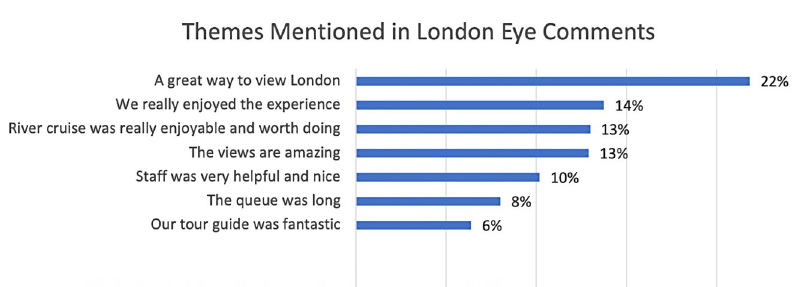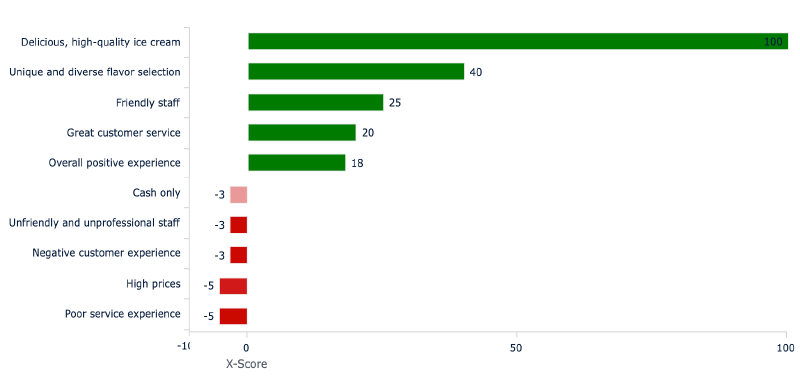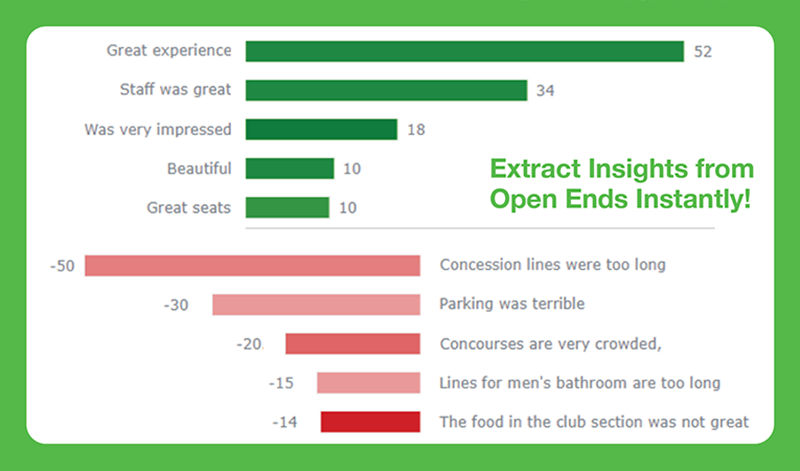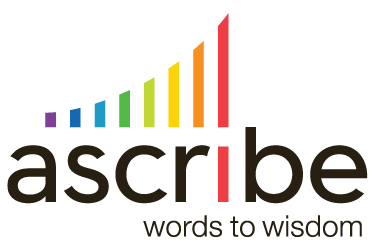By Rick Kieser, Ascribe CEO
The customer satisfaction survey has become an epidemic. Whether you are buying a product, eating at a restaurant, or enjoying some other experience, it won’t be long before you receive an email asking you to complete a survey about the experience. As sociologist Anne Karpf writes in The Guardian, “So many organizations now want our feedback that if we acceded to them all, it would turn into a full-time job – unpaid, of course. … The result is that I’m suffering from feedback fatigue and have decided to go on a feedback strike.” She is certainly not the only consumer who feels this way!
Quality of Feedback: A Tale of Two Surveys
With consumers having such negative perceptions and experiences with customer satisfaction surveys, you have to wonder about the quality of the feedback going back to the business. I recently took my family to Disneyland. As usual for Disney, most of the experience was stellar. After our visit, I had two ideas I wanted to share. 1) The staff was outstanding, knowledgeable, and helpful, and 2) They should not upcharge Genie+ customers for lightning lanes on select rides. As I expected, less than 24 hours after leaving, I received the usual invitation to give my feedback about our experience at Disneyland. Given my profession, I was looking forward to this! I clicked on the link and started the survey.
Ten minutes later, I had completed less than 20% of the questionnaire, it was a compilation of closed and open end questions with no end in sight. I was done. I aborted the survey. Even worse, in my ten minutes invested, I did not find an opportunity to provide the two pieces of feedback I wanted to share!
Now, compare that to the survey sent by a hotel I visited. It was only two questions long. The first question asked me to rate my experience on a 10-point scale. The second was an open-ended question: “Please tell us about your experience.” Again, I wanted to share two thoughts: 1) The hotel restaurant was spectacular, with a beach view and great food. 2) We had to wait over 20 minutes before a server came to help us. As you can imagine, I was happy to complete that survey! Three minutes, DONE.
Which survey do you think gave better information about my thoughts and feelings? The hotel survey, of course, because it let guests tell them what they wanted to share about their visit in their own words.
Customer Satisfaction Surveys that Customers Like
Now, there may be internal or political reasons that make it difficult to change from a rating scale-based survey to one that is primarily open-ended. However, if we want more insightful feedback and customers who are happy to give it, we need to respect the customer’s time and move beyond lengthy surveys with many frustrating questions. We need short and sweet surveys that allow the respondent to express their thoughts clearly and quickly their way.
One of the traditional complaints about using open-ended responses over scaled responses is that open-ended responses are too wordy, too complicated, and too expensive to code and analyze quickly. That is no longer true, as we have the technology today to interpret these results efficiently and cost-effectively. Because of this, we need to get our surveys aligned with what is possible in data analysis solutions now, or we risk alienating our survey respondents to the point where they will no longer volunteer to answer questionnaires and we risk eroding their view of the brand or service.
The best solution is to create questionnaires with a few closed-end questions and one open-ended question: “Tell us about your experience.” Yes, just one open-ended question. The technology can separate and analyze the responses. A few closed-end questions are needed to filter for data analysis, such as satisfaction rating, demographics, and so forth. But you can replace all the open-ended questions (e.g., What did you like? What did you dislike? Why did you give that rating?) with just one question.
Open-End Analysis in Just Minutes
The latest and best technologies can take even the most wordy, rambling, and detailed responses and analyze them in minutes. When you are thinking about collected customer opinions, social reviews are the epitome of vehicles through which customers express how they are really feeling in their own words. Here’s an example of over 1,500 reviews scraped from the internet from recent London Eye visitors, all unstructured, open-ended comments. As you may know, the London Eye or Millennium Wheel, on the South bank of the Thames, is the most popular paid tourist attraction in the U.K., with over 3 million visitors annually. Here is an example of one person’s review.

In spite of some rather lengthy reviews, within a matter of minutes we were able to identify and quantify the dominant themes from these 1,500 reviews using Ascribe’s CX Inspector with Theme Extractor. We also created a cross tab identifying differences in responses based on who else was along for the experience: family, couples, friends, or solo. If coded manually, this data set would have taken a market research firm two days to analyze, at significant cost. With CX Inspector the results were ready within 30 minutes.


Here is another example of what is possible with today’s technology. We analyzed 1,500 customer reviews with 145,000 words on a local ice cream shop in just over 20 minutes using Ascribe’s CX Inspector. Again, the key themes were immediately identified, and using sentiment analysis, we could quickly understand customer likes and dislikes. It looks like the ice cream is delicious, and some staff are friendly and provide a positive experience, but some people indicate the experience is marred by poor service and expensive prices! This store owner would be able to quickly understand what they need to address to improve customer satisfaction.

As a final example, here are results of 2,500 customer surveys for a sports arena. In addition to a seven-point rating question, the survey included a follow-up open-ended question: “Why did you rate your experience 1 to 7?” The responses, which included a total of 58,000 words, were analyzed in 20 minutes with CX Inspector to reveal that while the arena delivers a great experience with terrific staff, concession lines and parking are key drivers of dissatisfaction. Again, the arena management can quickly understand what they need to work on to improve the visitor experience.

Find Out What Customers Really Think
Customer satisfaction surveys are ubiquitous, but the traditional approach of lengthy questionnaires may not be the best way to understand what customers are truly thinking if they get impatient answering the questions or are not willing to finish the survey. With new technology capable of coding and analyzing open-ends so easily, quickly, and cost-effectively, there is no need to have burdensome customer satisfaction surveys with a battery of close-ended and open-ended questions. By allowing customers to express themselves in their own words quickly, brands can better understand the customer experience and what matters most to them, while building customer loyalty through an improved survey experience. You will get better and richer customer feedback. And the best and only open-end question you need to ask is, “Tell us about your experience.”
Embracing open-ended questions in your customer satisfaction surveys lets you alleviate feedback fatigue and invite genuine insights. The advent of generative AI-driven text analytics tools like Ascribe’s CX Inspector with Theme Extractor allows brands to delve deeper into open-ended feedback quickly and easily. Customers will reward brands willing to ditch the traditional satisfaction survey in favor of an open-ended approach with more meaningful and actionable customer feedback.
Increase your customers’ satisfaction by simplifying your surveys! Contact Ascribe today to discuss your needs, and we will find the best solution for you!
